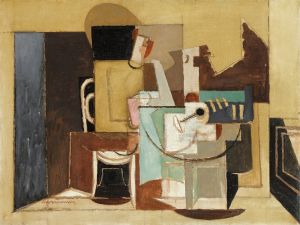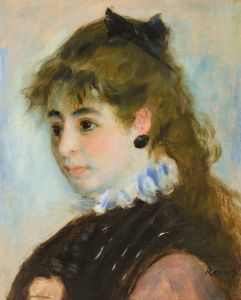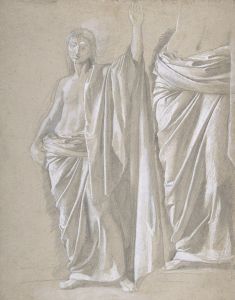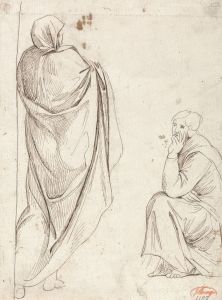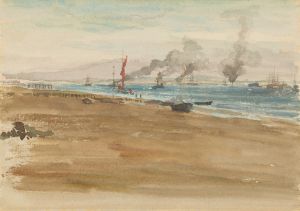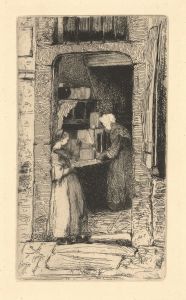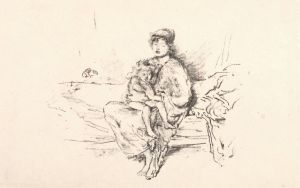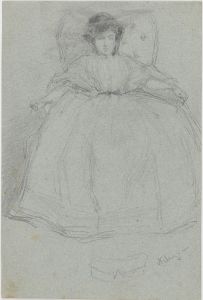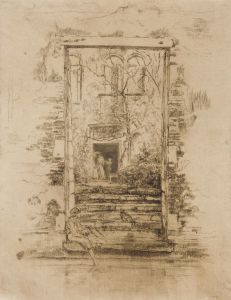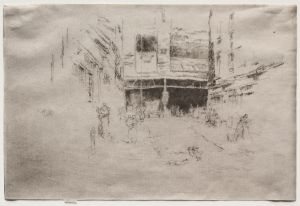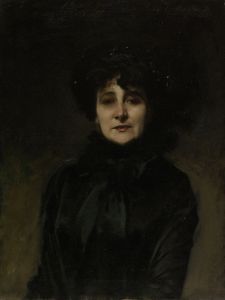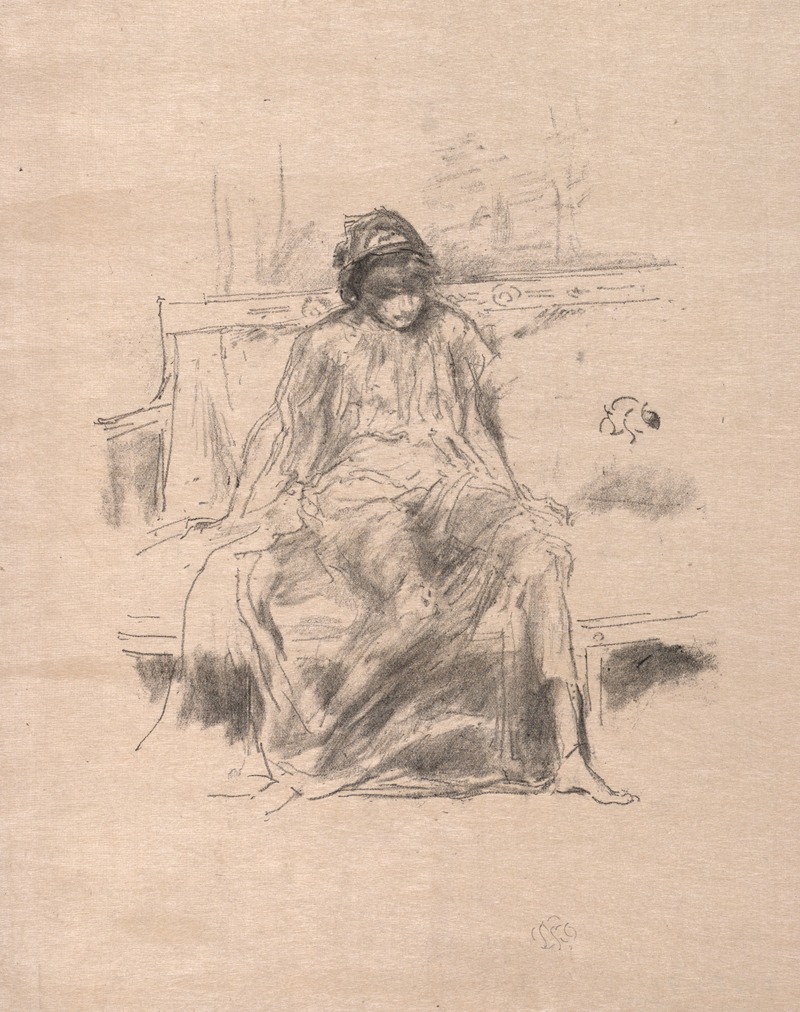
The Draped Figure Seated
A hand-painted replica of James Abbott McNeill Whistler’s masterpiece The Draped Figure Seated, meticulously crafted by professional artists to capture the true essence of the original. Each piece is created with museum-quality canvas and rare mineral pigments, carefully painted by experienced artists with delicate brushstrokes and rich, layered colors to perfectly recreate the texture of the original artwork. Unlike machine-printed reproductions, this hand-painted version brings the painting to life, infused with the artist’s emotions and skill in every stroke. Whether for personal collection or home decoration, it instantly elevates the artistic atmosphere of any space.
James Abbott McNeill Whistler, an American artist active during the late 19th century, is renowned for his contributions to both painting and printmaking. One of his notable works is "The Draped Figure Seated," which exemplifies his skill in capturing the human form with elegance and subtlety.
"The Draped Figure Seated" is a painting that showcases Whistler's mastery of composition and his delicate approach to the depiction of light and shadow. The artwork features a seated female figure, draped in flowing garments that cascade around her form. The use of drapery not only highlights Whistler's technical prowess but also adds a sense of timelessness and classical beauty to the piece.
Whistler's approach to art was heavily influenced by his belief in "art for art's sake," a philosophy that emphasizes the intrinsic value of art, independent of moral or narrative content. This principle is evident in "The Draped Figure Seated," where the focus is on the aesthetic qualities of the figure and the harmonious arrangement of elements within the composition.
The painting is characterized by its subdued color palette, which is typical of Whistler's work. He often employed a limited range of colors to create a sense of harmony and unity within his paintings. In "The Draped Figure Seated," soft tones of white, gray, and muted earth colors dominate the canvas, contributing to the overall serene and contemplative mood of the piece.
Whistler's technique in this painting reflects his meticulous attention to detail and his ability to convey texture and form with subtle brushwork. The delicate rendering of the drapery and the gentle modeling of the figure's features demonstrate his refined artistic sensibility. The interplay of light and shadow on the fabric and the figure's skin adds depth and dimension to the composition, enhancing the viewer's sense of the figure's presence.
"The Draped Figure Seated" also illustrates Whistler's interest in the interplay between positive and negative space. The careful placement of the figure within the composition and the thoughtful use of empty space around her create a balanced and harmonious visual experience. This attention to spatial relationships is a hallmark of Whistler's work and contributes to the painting's overall sense of tranquility and poise.
While specific details about the creation and provenance of "The Draped Figure Seated" may not be extensively documented, the painting remains an important example of Whistler's artistic achievements. It reflects his commitment to beauty and his ability to transform simple subjects into works of profound elegance and grace.
In summary, "The Draped Figure Seated" by James Abbott McNeill Whistler is a testament to the artist's skill in capturing the essence of the human form through refined composition, subtle color use, and delicate brushwork. The painting embodies Whistler's philosophy of "art for art's sake" and continues to be admired for its aesthetic qualities and timeless appeal.





